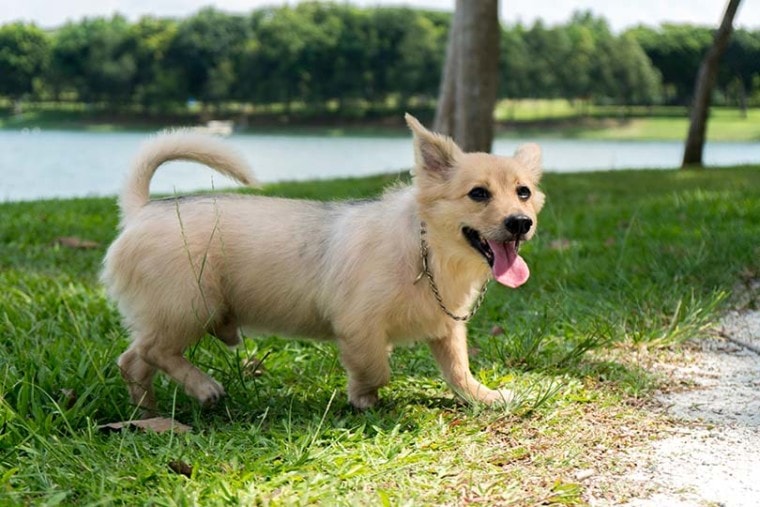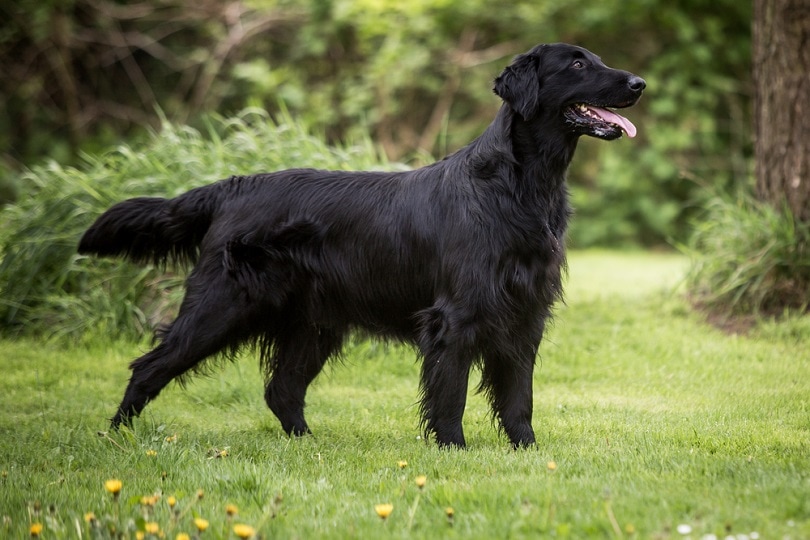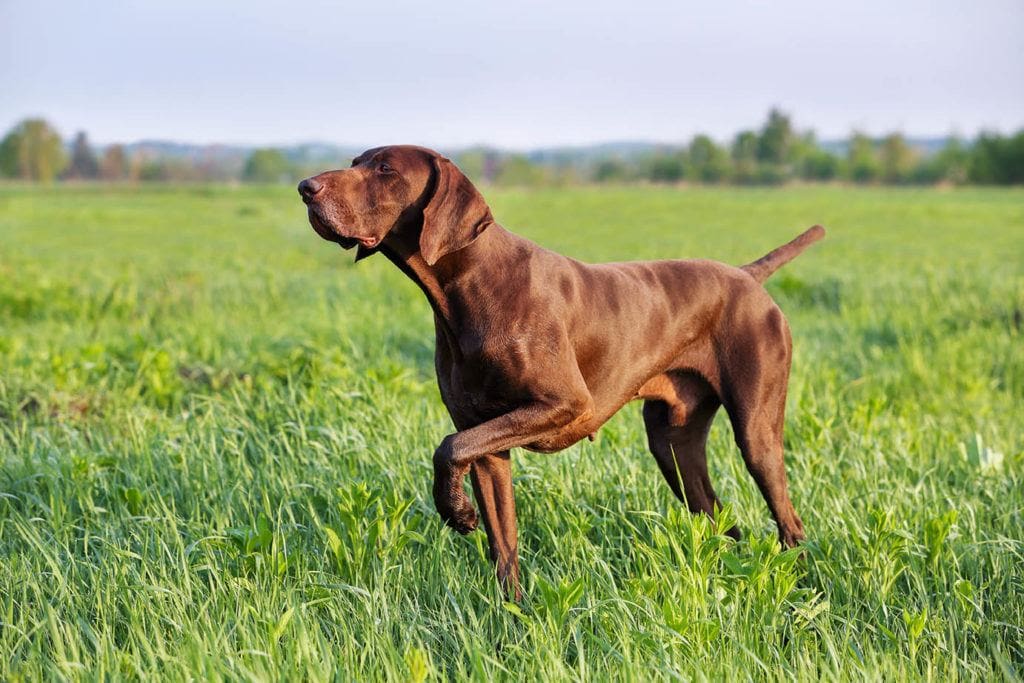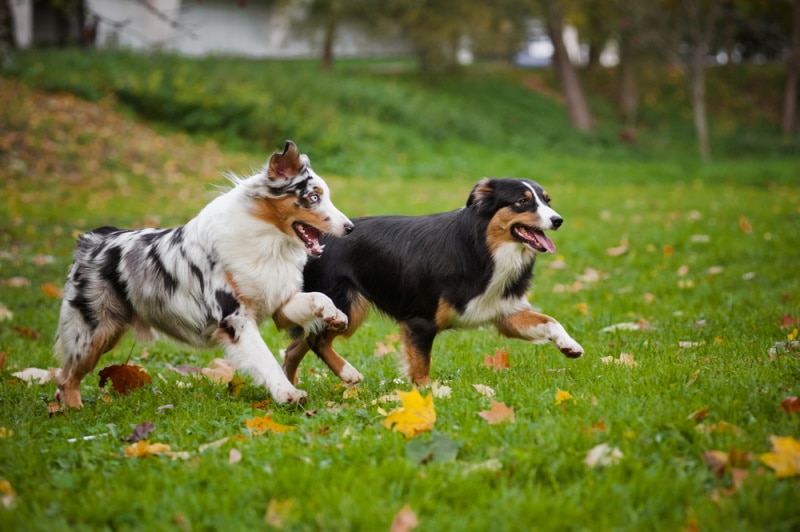
If you’ve ever spent any time with dogs, you know that they wag their tails a lot. Though your dog cannot speak to you with words, they use their tails to communicate various messages and emotions.
In this article, we will examine the different messages and emotions that dogs try to convey when they wag their tails at us.
Tail Position
One of the most important aspects of interpreting your dog’s tail wags is paying attention to its tail position. All dogs have a “neutral” tail position, which can vary from breed to breed. A relaxed dog’s tail will typically hang downward toward its heels. Some breeds, such as the Boston Terrier, have tails that curl instead of hanging down, and some, like the Beagle, tend to hold their tails vertically when relaxed. Understanding what your dog’s tail looks like in its relaxed state will help you better understand when it is trying to communicate a different emotion.
The 5 Common Reasons Why Dogs Wag Their Tails
Let’s consider some of the most common reasons dogs wag or move their tails and what exactly their tails look like.
1. Happiness
Humans tend to assume that tail wagging is a sign that their canines are happy, and while that may not be entirely true, it’s certainly true sometimes. When a dog is happy, its tail will be raised a bit. Scientists believe dogs wag their tails to the right when they are happy. This is because the left hemisphere of your dog’s brain is associated with positive emotions. Therefore, since the brain’s left hemisphere controls the right side of the body, a right-wagging tail means happiness. Pay attention, though—a tail that wags to the left probably means your dog is frightened.

2. Submission
If your dog’s tail moves down instead of up, this is likely a sign of submission. Have you ever heard of having one’s tail between the legs? In vernacular English, the individual in question is embarrassed or ashamed because they know they have been defeated. For a dog, a tail between the legs means it senses a threat and is backing down because it does not want to be harmed.
3. Curiosity
If you notice your dog’s tail standing horizontally, it likely means it is curious about something in its surroundings. You are likely to see this while out on a walk with your dog when you are surrounded by interesting sights and smells.

4. Aggression
Watch out for a dog tail that is standing up straight or even arching over your dog’s back, as this could be a sign of aggression. The higher your dog’s tail, the more aggressive it feels. Pay special attention to your dog’s tail when you are introducing it to new animals, particularly new dogs. Separate the animals immediately if it seems that one or both of them are becoming aggressive.
5. Alertness
Finally, a moving tail could be an indication of alertness. Look for a slightly raised tail in addition to raised ears.

Conclusion
It might take some time to learn what your dog is trying to tell you with its tail. Pay attention to your dog’s tail position when it is relaxed to get a sense of the normal or “neutral” tail position and check for other cues. Some signals, like raised ears, are subtle, while others, like growling or barking, are a dead giveaway to what your dog is feeling.
You may also want to read:
- Why Do Dogs Chase Their Tails? 6 Reasons for This Behavior
- 10 Fascinating Facts About Your Dog’s Tail (You Never Knew!)
Featured Image Credit: Alsonl, Shutterstock







